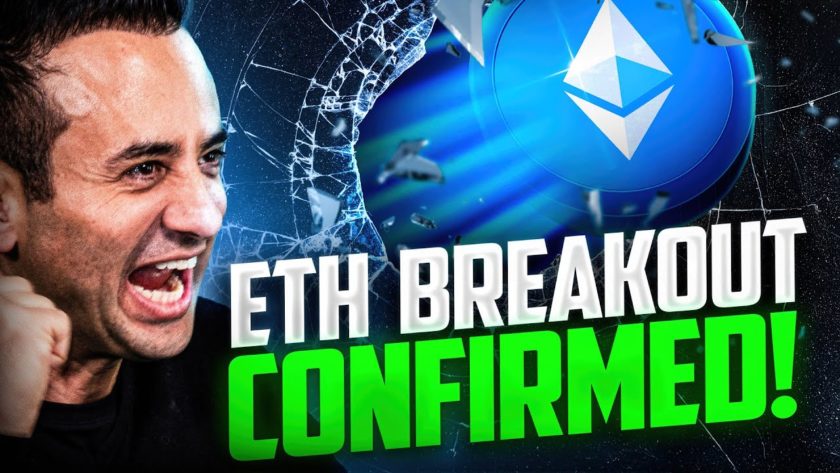The Ethereum Enterprise Alliance (EEA) has released a new set of specifications in an effort to provide standards for developers using private iterations of the Ethereum Blockchain, according to statements shared with Cointelegraph.
At DevCon4 today in Prague, the EEA announced the release of its Enterprise Ethereum Client Specification V2 and Off-Chain Trusted Compute Specification V0.5. The former is a development of common standards, which aims to ensure that Ethereum developers will write code that “[motivates] enterprise customers to select EEA specification-based solutions over proprietary offerings.”
The Client Specification V2 will essentially offer a label of sorts, which means a product underwent third party testing in order to be sold as EEA-compliant.
The latter spec release is a set of application programming interfaces (APIs) that can move transactions “off-chain” for computation elsewhere, and then move a summary to the “main chain.” EEA APIs using the recently released specs would offer programmers methods of moving data off-chain independent of any one trust verification method. The APIs have been reviewed to be compatible with Trusted Execution Environments, Zero-Knowledge Proofs, and Trusted Multi-Party Compute.
Executive Director Ron Resnick said that “enterprises can choose whichever trusted compute methods work best for their use case, whether it is for supply chains, banks, retail, or other large enterprise-based ecosystems.”
The EEA aims to broaden its set of standards by onboarding new firms from various industries to its list of member organizations, which numbers over 500. Speaking with Cointelegraph, Resnick stated that he sees further potential for EEAs standards in streamlining the payments process in chemical supply chains, as well as various applications in automotive, trucking, addressing music piracy, and health services.
The blockchain standards organization released the first version of its Enterprise Ethereum Client Specification in May. The first spec interaction aimed at interoperability would “basically [be] the catapult that launches the whole ecosystem,” Resnick said at the time. He told Cointelegraph:
“Without interoperability, the big players aren’t going to want to jump in, because they don’t want to be locked in to one particular vendor for a proprietary solution […] It attracts more and more of the bigger players to come in and make a commitment, because they feel a little more safe that they’re not going to get stuck.”




